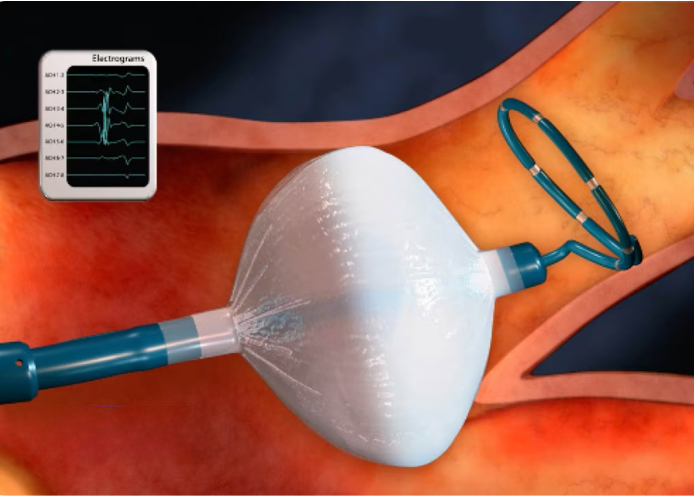Ever thought about how a cryoablation procedure can reset your heart's rhythm? This technique is like a GPS-guided cold therapy for your heart's misfiring electric paths. A tiny balloon chilled by nitrogen is steered to the heart's inner sanctum. There, it freezes and scars the trouble spots, blocking bad signals. Getting to grips with the whole process, from start to finish, gears you up to face your treatment with a can-do attitude, boosting your chances for a tick-tock-perfect heart.
Understanding Cryoablation for Atrial Fibrillation Treatment
Are you diagnosed with AFib? You are not alone. Many patients have opted for cryo balloon ablation in Chennai. Here’s what happens:
Cryoablation Preparation & Procedure Explained
If you are preparing for cryoablation, it is essential to follow your doctor's plan, especially when it comes to blood thinners, to avoid any potential clotting complications. On the day of the procedure, your doctor will make a small incision near your groin to insert the catheter and begin the healing process for your heart. Every step of the procedure is carefully planned for optimal results.
Next, a small incision is made to access the left side of your heart where the cryoballoon will be placed.’ After inserting the catheter, we inflate the balloon. Then, we move on to the freezing process, which is the most crucial part of cryoablation. This procedure forms the scar barrier that helps you have a better heart rhythm.
Executing Cryoablation- Freezing the Atrial Tissue
In the thick of cryoablation, freezing the tissue is a game-changer for AFib. The cryoballoon squirts a cold agent to ice the tissue, making a scar line. This wall stops the erratic signals, steadying your heartbeat. With this knowledge, you might wonder what comes next, especially the recovery part.
Recovery After Cryoablation- What Patients Should Expect
Post cryoablation, you will be monitored to ensure your heart is adapting to the treatment. Here is the lowdown on recovery:
You will remain in the hospital for some time while you are being examined and kept comfortable. Around 70-75% of people with AFib feel significantly better after the first procedure. If a second round is required, the success rate increases to 85-90%.
As you recover, your health team is there to support you and help you achieve the best possible heart health results.
Ensuring Successful Heart Health Management
If you're worried about cryoablation and heart rhythm care, it might help to talk to a cardiac electrophysiologist in Chennai. Understanding every step of the process, from preparation to post-operation, can prepare you for this journey. Keeping to your care plan and follow-up appointments is crucial to achieving a better quality of life.

